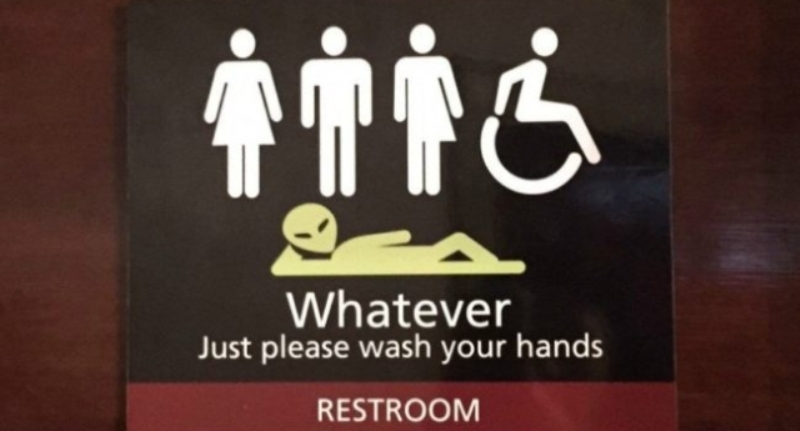New Zealand is set for a revolution of sorts! The Post Primary Teachers’ Association (PPTA) has released an updated set of voluntary guidelines, which includes recommendations from teachers, to introduce gender neutral uniforms and bathrooms in schools. The teachers felt that incorporating these will ensure that schools are safer and more comfortable, for students of varied sexualities and genders. Previously, a theatre in the country made headlines for introducing an interesting sign for its gender neutral bathroom.
Why this debate surrounding gender neutrality in restrooms and school uniforms? It has been felt that such facilities can provide a safer and more welcoming space to someone who may be transgender or may not identify with being specifically male or female. Additionally, for trans-people who are in transition, this could make life a little easier.


The same perspective applies to the concept of gender neutral uniforms. Educationists and researchers feel that uniforms which are as per traditional perceptions, often lead to the conformity to mainstream gender roles, and the expectation of the same from others. Thus allowing children to dress in a similar way, ensures that clothes are no impediment in the formation of the concept of gender. It also provides an atmosphere conducive enough for children to discover their own sexuality, in a healthy way. The United Kingdom recently paved the way, with over 80 state schools across the UK, including 40 primaries, allowing girls to wear trousers and boys to wear skirts.
In a country like ours, where we are still grappling with gender discrimination and caste politics, LGBTQ issues are perhaps at the bottom of the ladder. While our government continues to criminalize and be in denial of the existence of relationships outside of ‘traditional gender roles’, it is heartening to see that world over, changes in society are coming out, in different ways.
As the India affiliate of the international It Gets Better Project, we hope to bring about awareness on issues surrounding the LGBTQ community in India. We have conducted interviews with fashion designer Wendell Rodricks, actress Kalki Subramaniam, Prince Manvendra Singh (India’s first openly gay royal), and are looking for more such personal stories, so that people are more in tune with the problems and stereotypes associated with this community.
If you have a story to share with us, do write in at writewithus@csrindia.org





